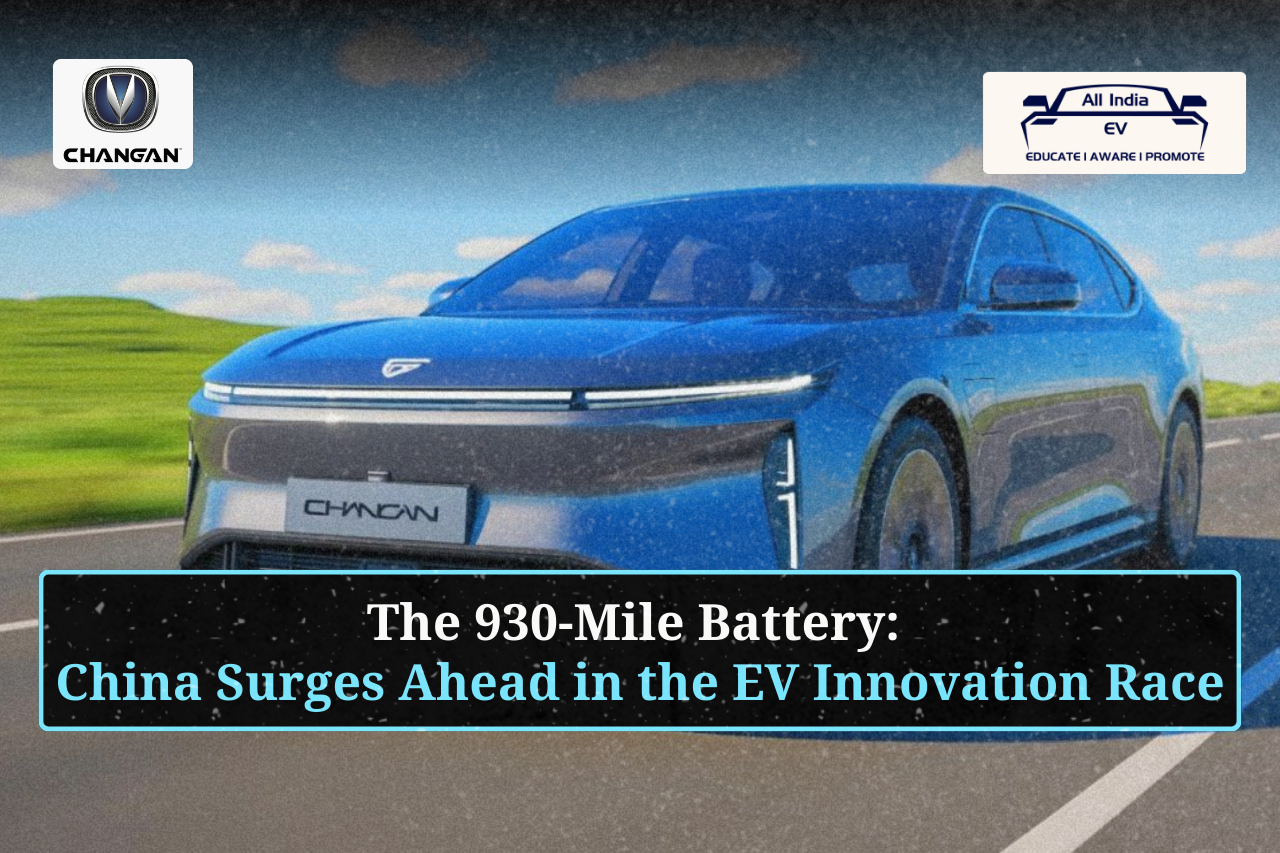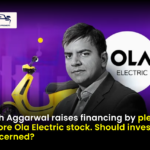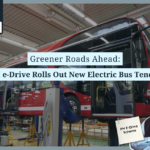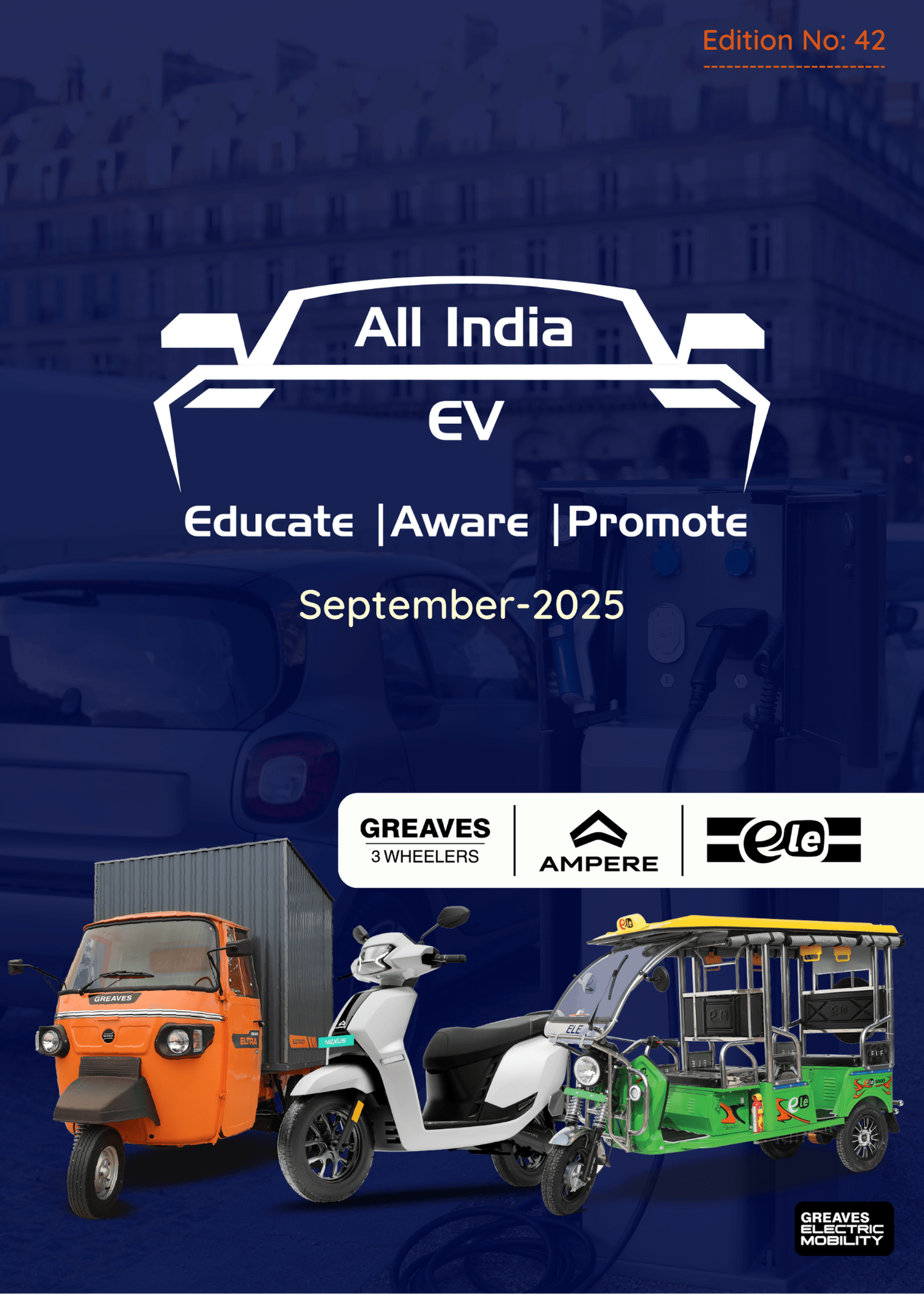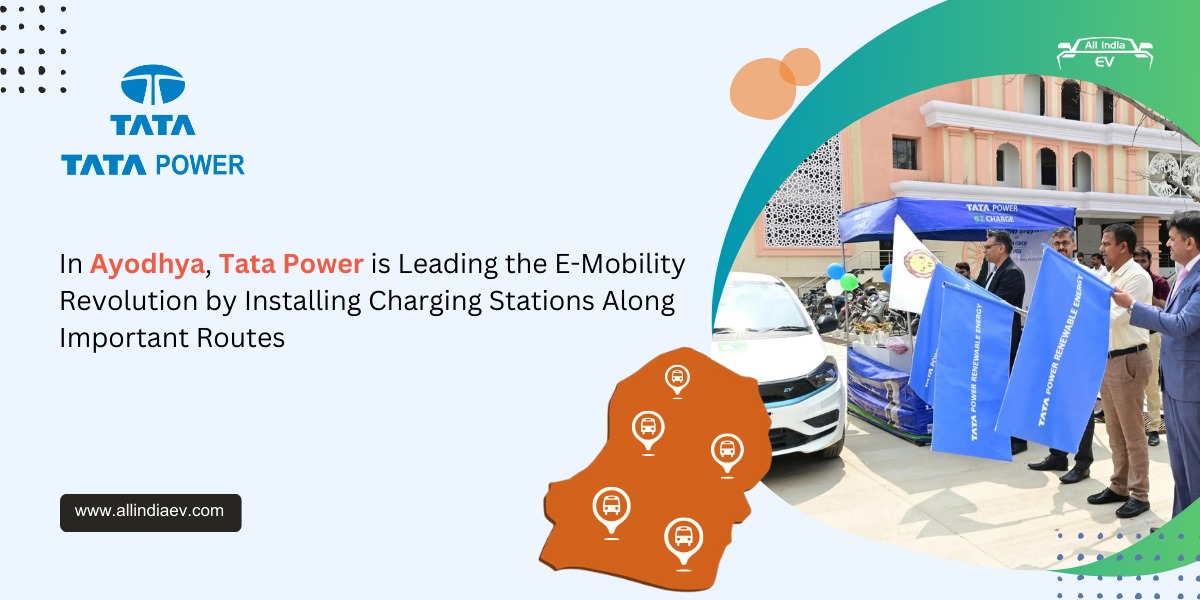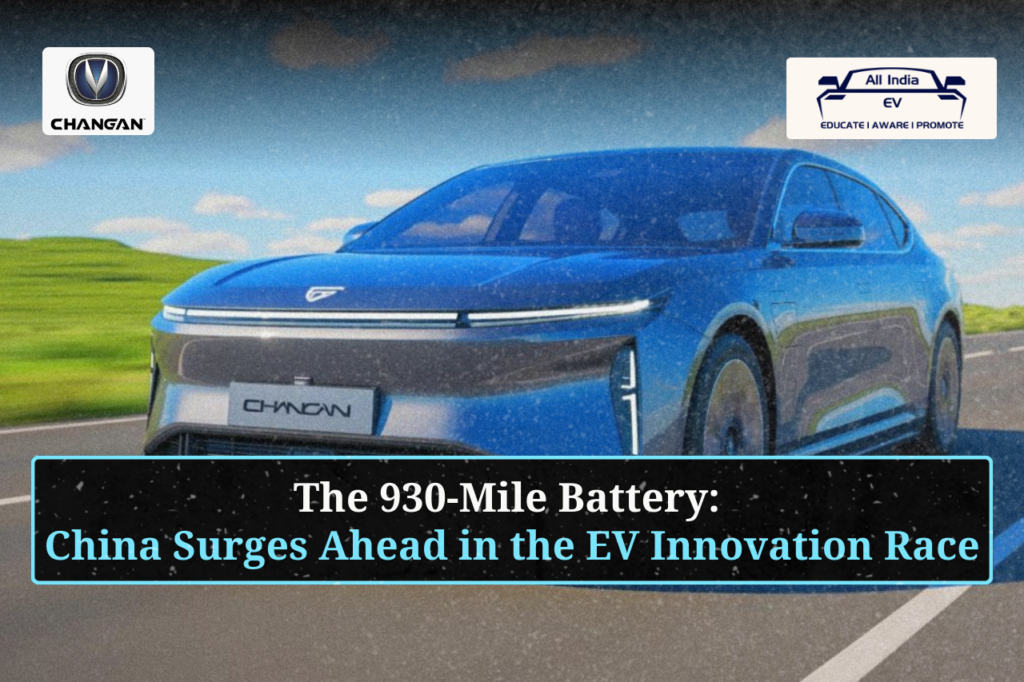
Changan to Launch 932-Mile EV with Solid-State Battery, Challenging Tesla, Toyota and Global Auto Giants
In a development that could reshape the global electric vehicle (EV) industry, Chinese automaker Changan Automobile has revealed plans for an EV capable of delivering an extraordinary 932 miles (1,500 km) of range on a single charge. The breakthrough — powered by cutting-edge solid-state battery technology — has sent ripples through the global automotive market, raising serious questions about whether legacy leaders like Tesla, Toyota, and even emerging Indian EV players can keep pace.
The Range Barrier Breaks
For years, “range anxiety” has been the biggest hurdle keeping many potential buyers from switching to electric mobility. Changan’s solid-state battery appears poised to shatter that barrier. The technology reportedly offers energy density of 400 Wh/kg, a dramatic leap over the 150 Wh/kg capacity typical of today’s lithium-ion batteries.
This means cross-country journeys — such as Delhi to Mumbai — could soon become possible without a single charging stop. Beyond convenience, the solid-state design provides improved safety. By replacing flammable liquid electrolytes with solid materials, these batteries are less prone to overheating, fires, or leaks, while delivering faster charging and longer life cycles.
What Solid-State Batteries Could Mean for India
Industry experts believe this innovation could accelerate EV adoption worldwide, including in India. With government incentives such as FAME-II and the Production Linked Incentive (PLI) scheme encouraging domestic EV manufacturing, Indian automakers like Tata Motors, Mahindra Electric, and Ola Electric will be under pressure to explore similar breakthroughs.
“If Changan’s claims hold up in real-world testing, it will redefine consumer expectations. No one will settle for 300-400 km range anymore,” says an auto analyst in New Delhi. “The question is whether Indian companies — and even Tesla — can respond fast enough.”
Changan’s Strategic Roadmap
Founded in 1862, Changan has grown into one of China’s largest automobile manufacturers. The company plans to unveil working prototypes by late 2025, run full-scale testing in 2026, and start mass production by 2027. This timeline is years ahead of several global competitors who aim to commercialize solid-state batteries closer to 2030.
Changan’s roadmap emphasizes three goals:
- Safety: solid-state batteries reduce risks of thermal runaway.
- Longevity: they promise a lifespan twice that of lithium-ion batteries.
- Efficiency: delivering 30% more energy per kilogram, while potentially cutting recharging costs by 50% over the next decade.
- The company has also pledged sustainable sourcing of raw materials and aggressive battery recycling initiatives — a move that could appeal to environmentally conscious buyers.
Global Auto Industry Under Pressure
The announcement places traditional automakers under immediate competitive pressure. Toyota and Nissan are working on similar technologies but target later commercialization. Tesla, which dominates the premium EV space, has focused on improving lithium-ion cells rather than making an early leap into solid-state.
With Changan racing toward production, automakers worldwide — including in India — face the question: do they license, partner, or compete head-on?
Will Consumers Benefit?
For consumers, a 900+ mile EV could completely transform ownership experience. Fewer charging stops, lower battery degradation, and longer vehicle lifespan would make EVs more practical than ever. However, there are still questions to answer:
- Can Changan manufacture at scale without cost overruns?
- Will the price point be competitive for mass markets, including India?
- Can charging infrastructure evolve fast enough to support next-gen batteries?
- Industry observers caution that while lab results are promising, real-world durability, cold-weather performance, and cost-efficiency must be validated.
A Turning Point for the EV Era
The race for next-generation EV batteries is no longer theoretical — it’s here. With prototypes expected within 18 months, Changan’s move signals an inflection point. Automakers who fail to adapt could be left behind as consumers gravitate toward vehicles offering long range, ultra-fast charging, and enhanced safety.
For India, where EV adoption is growing but charging infrastructure still lags, the arrival of 1,500 km batteries could be both a challenge and an opportunity. It may push Indian companies to fast-track solid-state research or forge alliances with global innovators.
Whether Changan’s technology meets its ambitious claims will become clear in the next two years. But one thing is certain — the global EV market has been put on notice.


